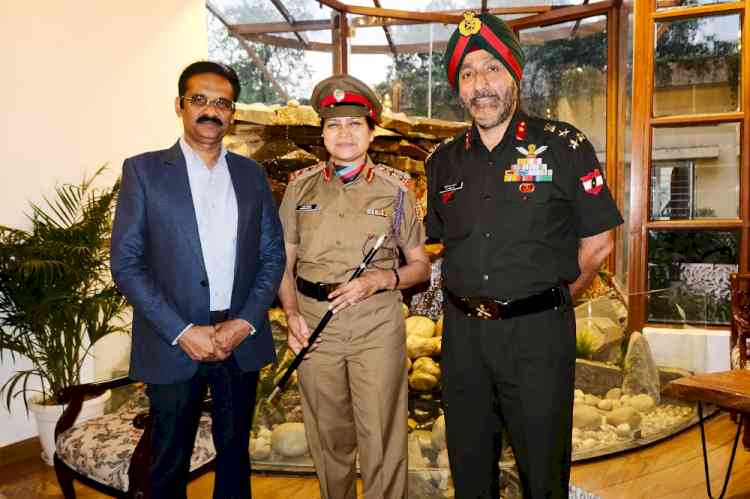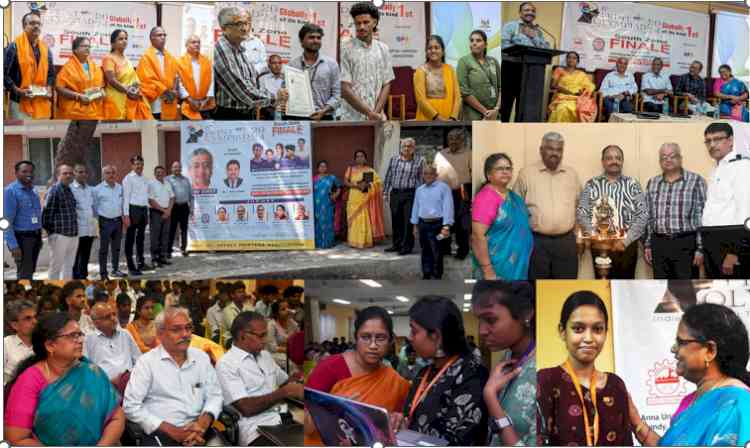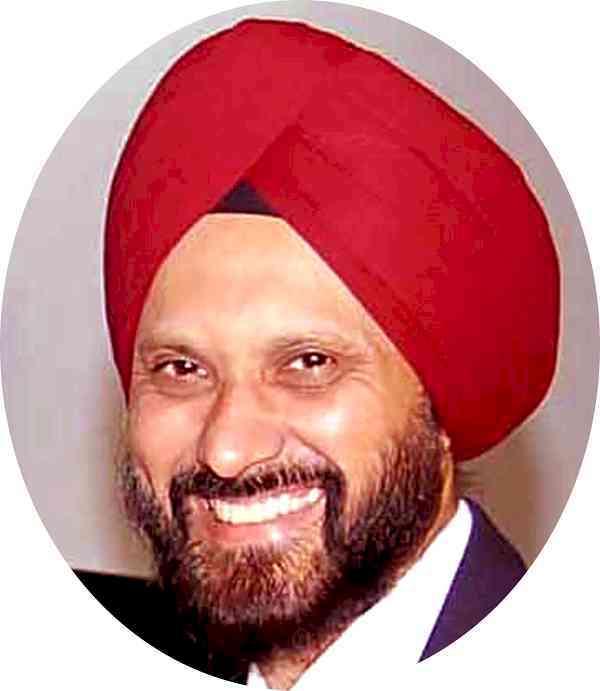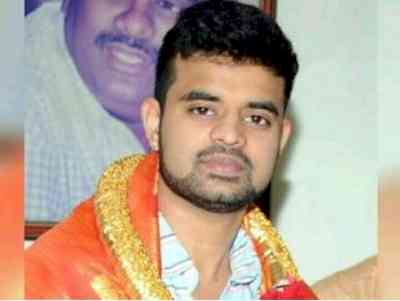Delhi's e-rickshaws: Menace for some, lifeline of many
New Delhi, June 19 (IANS) Bansi Lal's monthly income has almost trebled -- from Rs.5,000 to Rs.15,000 -- since he switched over from his rickety pedal rickshaw to a battery-powered one. The advent of e-rickshaws, so called because they run...

New Delhi, June 19 (IANS) Bansi Lal's monthly income has almost trebled -- from Rs.5,000 to Rs.15,000 -- since he switched over from his rickety pedal rickshaw to a battery-powered one. The advent of e-rickshaws, so called because they run on batteries and are thus non-polluting, has enabled thousands of erstwhile hand-to-mouth rickshaw-pullers lead a better life in the capital.
But Bansi Lal's good fortunes suffered a massive hiccup when the erstwhile UPA government through an April 24 notification declared these vehicles as illegal -- the authorities impounded nearly 1,000 of the vehicles throwing a scare among the almost 30,000 e-rickshaws plying the capital's streets.
However, union Transport Minister Nitin Gadkari's announcement earlier this week lifting the ban has come as a life-saver rescuing the almost 30,000 e-rickshaw operators from being rendered without any means of livelihood.
According to Battery Rickshaw Welfare Association member Anuj Sharma, over 30,000 e-rickshaws are plying on the capital's road. "If we include their family members, the number of people dependent on this profession will be approximately 120,000," he added.
"My life has become better ever since I have bought an e-rickshaw. I don't have to pedal my cycle rickshaw any more and be reduced to a physical wreck at the end of the day. Besides, the new one accommodates more people and brings me more money," forty-year-old Bansi Lal told IANS.
Although environmentalists have welcomed the move for creating a new class of "intermediary" public transport which has "zero emission", they say the government needs to set downframe the guidelines for the safety of the drivers and the passengers.
"In reducing pollution and dependence on cars, this new class of transport will play a very important role. But the government needs to make some rules so the safety of the passengers can be ensured," Arundhati Seigell, executive director at Centre for Science and Environment told IANS.
The e-rickshaws first appeared in Delhi ahead of the 2010 Commonwealth Games but took almost three years before appearing almost all across the national capital. The mushrooming of these environment-friendly rickshaws is arguably an offshoot of the failure of Delhi Metro's feeder bus service which was meant to ferry people from metro stations to their residential localities.
But, initially started as a means for last-mile connectivity in residential neighbourhoods, these battery-operated rickshaws are now plying on the city's arterial roads and across busy flyovers.
Rash driving by untrained drivers is another cause for concern. They can also be spotted jumping traffic signals.
The cost of the battery-powered e-rickshaw, which runs at a speed of 20-30 km per hour, ranges anywhere from Rs.85,000 to Rs.1,20,000.
"An overnight charge, allows the battery to last an 8-hour day," an e-rickshaw seller in Paharganj, who also assembles the vehicle, told IANS.
"The main feature of these vehicle is its seating capacity. Four people can comfortably sit in it. It can also easily ply in congested places," said the seller.
Through a notification on April 24, the erstwhile UPA government had rendered e-rickshaws illegal by withdrawing the exemption allowed to three-wheelers with a motor power less than 250W to ply.
Following protests by the drivers, the Narendra Modi government overturned the notification and the three municipal corporations of Delhi and the New Delhi Municipal Council aim to regularise the vehicles by the month-end.
This new mode of transport has come as boon for thousands who have new employment opportunity. Besides, its assemblers tend to gain with the Centre now according it a legal status.
"After the government's lifting the ban on e-rickshaws, I am thinking to collect some money and buy one for my 25-year-old son," e-rickshaw driver Sonat Ram, 50, said.
There are at least 10 places in the capital where e-rickshaws are assembled. These include Daryaganj and Karol Bagh in Central Delhi, Paschim Vihar and Tagore Garden in West Delhi, and Narela and Sultanpuri in north Delhi.
"Most of the electric motor parts are from China. However, the battery and the charger are made here," Harvinder Sehgal, owner of an e-rickshaw manufacturing unit in west Delhi, told IANS.
"We hope the sale of e-rickshaws will increase," he added.
"The biggest problem for such vehicles so far was that they do not have a registration number like other vehicles. But its drivers used to get fined as per the rules of the motor vehicle act," said a Delhi Police officer.
"The passengers are vulnerable as the design of the vehicle is faulty and operation of the vehicles by non-licensed drivers makes them dangerous," said a official in the transport department.

 cityairnews
cityairnews 
















